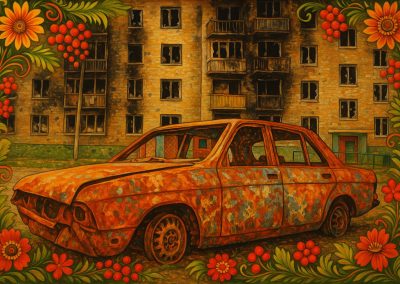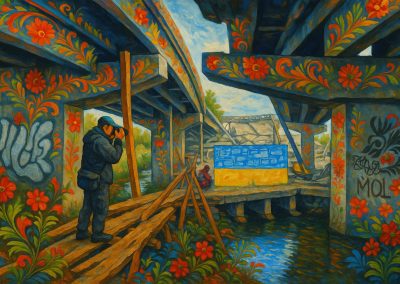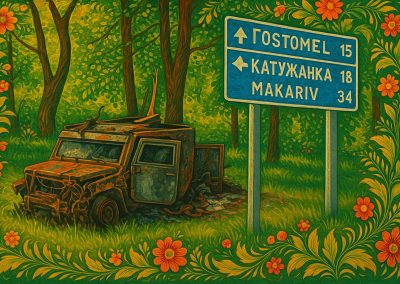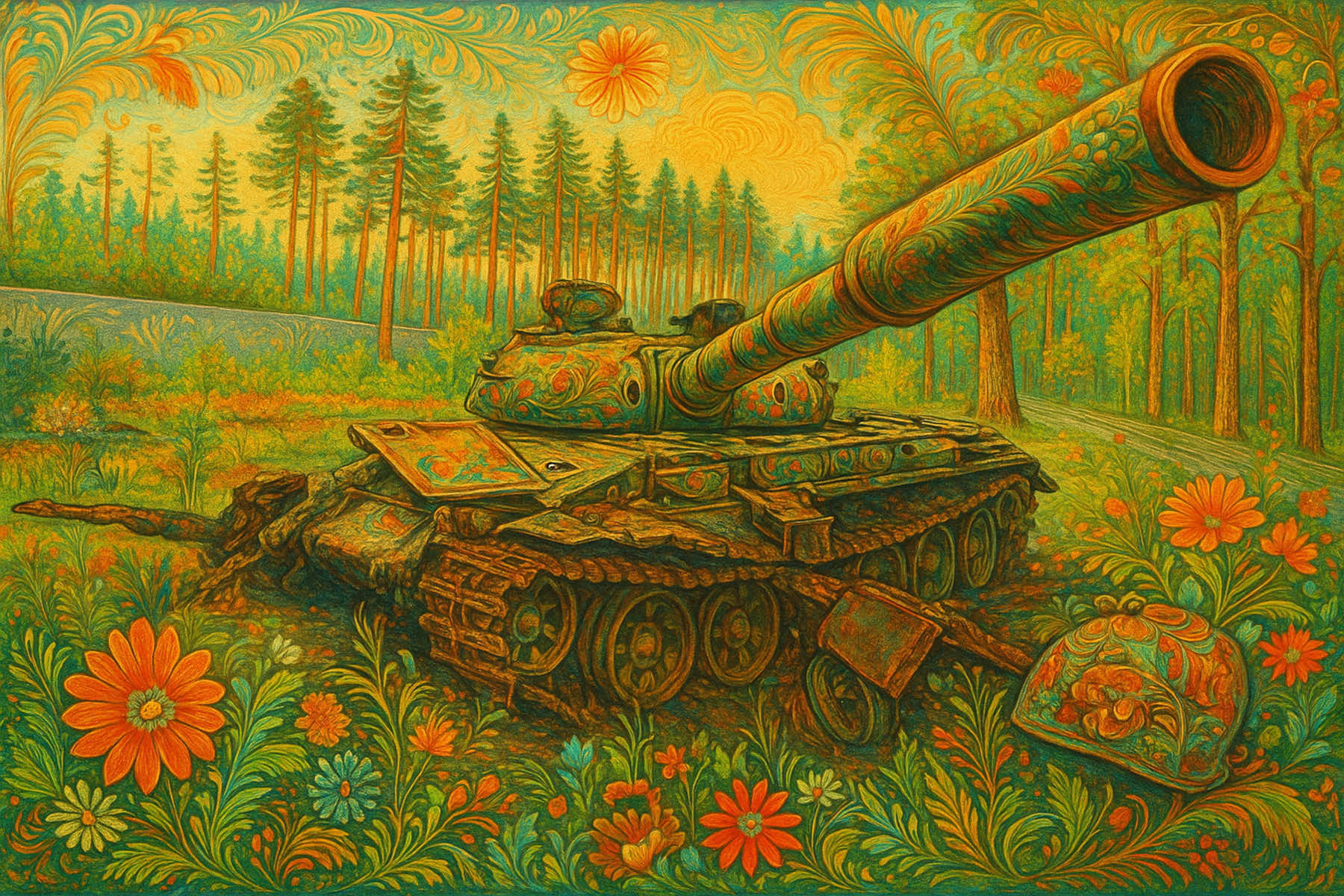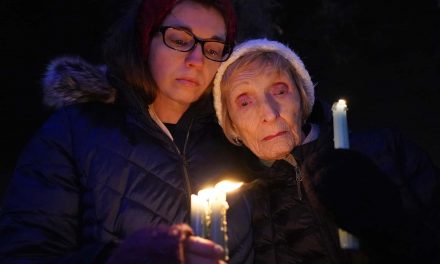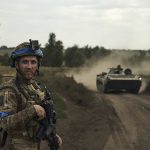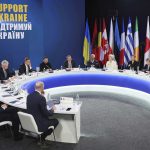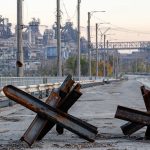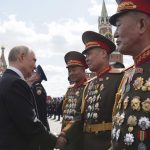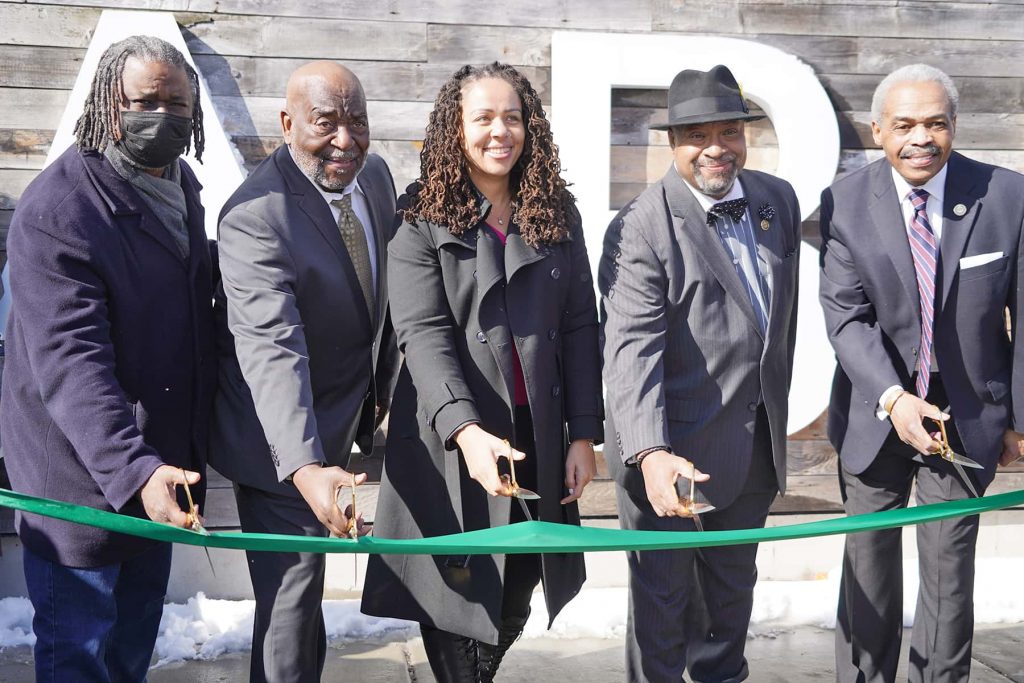
Three years ago, almost to the day on May 20, a team of journalists from Wisconsin crossed into Ukraine during the early phase of Russia’s full-scale invasion. It was the first time any news outlet from the state had reported directly from within Ukraine after the war escalated in February 2022.
The efforts that followed over the next 1,100 days resulted in the production of nearly 600 published features and thousands of photographs. The work earned the local news organization more than a dozen journalism awards for its coverage of the war, around Ukraine, in Milwaukee’s sister city of Irpin, and back home.
It was also one of the most extensive editorial commitments to international reporting by an independent newsroom in Wisconsin.
The assignment was not planned, and it went through a cycle of hits and misses. The idea was first planted with a simple comment. It was made at a local event in Milwaukee, honoring a World War II veteran. A local judge who attended asked staff members of Milwaukee Independent why they were not already in Ukraine documenting the war.
That suggestion soon coincided with an offer from an international news service, which had read the essay on Ukrainian heritage that a Milwaukee Independent editor published days earlier. An invitation to join a support team being deployed to Ukraine followed. But the arrangement collapsed due to logistical complications, including the inability to secure body armor in time for the departure. But the idea of traveling to cover the war remained.
Over the next week, photojournalists already on the ground in Ukraine began sharing images with the Milwaukee Independent editorial team. These photos, often rejected by larger media organizations, were published to accompany reports on conditions in Irpin and other cities under siege or occupation.
By early April, the situation with the offensive in the northeast had shifted. Russian forces had retreated from the Kyiv region, and Irpin was liberated. That created a narrow and uncertain window for travel. As a result, planning resumed.
The Ukrainian Armed Forces granted press accreditation to Milwaukee Independent after reviewing earlier news coverage, including dozens of reports that had already been published about the war and related protest movements in Milwaukee.
With no air travel available directly into Ukraine, entry was arranged over land from Poland by bus, then private vehicles. Fuel shortages across Ukraine also posed an immediate challenge. Most gas stations were still closed due to attacks on oil reserves, and those that remained open had long lines. Movement was limited further by curfews and military checkpoints.
The focus of that first assignment was to document civilian conditions, specifically in Irpin but also around the country, not military activity. The team was not embedded with combat units, and while they were in forward areas, they did not report from active frontlines.
Instead, coverage centered on the aftermath of occupation, like bombed residential buildings, mass displacement, civilian casualties, and destroyed infrastructure. Access varied by location. All travel, interviews, and photography were coordinated without institutional support, relying on translators and local contacts for navigation and scheduling.
Reporting locations spanned five oblasts and included over two dozen cities, towns, and villages. Among them were Irpin, Bucha, Borodyanka, Kyiv, Buzova, Shepetyn, Berezhany, Rohatyn, and Lviv.
In Irpin, access was granted to a high-rise apartment building that had sustained heavy damage and was commonly seen in international news coverage from the early days of the full-scale invasion. Floors were navigated by stairwell, with each level showing progressively worse destruction. While the structure had been cleared of explosives and boobytraps for entry, cautious movement was still required.
In Bucha, reporters met a man tending his backyard garden. He recounted what had taken place there during the occupation. His story mirrored the horrific accounts that others shared throughout the trip: destruction, suffering, and loss.
In many cities further from the frontlines, normal activity had resumed in limited ways. Children returned to classes and continued their education in underground bunkers. Markets reopened. Public transit ran in some areas. But in others, streets were impassable, buildings remained collapsed, and families had yet to return. Conditions varied by district and could shift significantly within a few blocks.
Interviews were conducted with residents, local officials, aid workers, and community members who had experienced the brutality of Russian occupation. Some individuals guided the Milwaukee Independent team through damaged homes or pointed out locations where tragic events had occurred. The journalism team was not there to investigate war crimes. but documented extensive evidence of it.
In some towns, the worst physical damage had already been cleared. In others, entire neighborhoods remained overwhelmed with structural damage and debris. The presence of humanitarian aid also varied. So did access to utilities, transportation, and supplies.
Movement across oblasts required close management of logistics. Each new area brought new restrictions and identity checks, with many routes subject to change due to road conditions, fuel access, or security warnings.
Photographic documentation was shaped by safety and permission. Images were taken only after areas were confirmed safe for entry and individuals granted consent to be recorded. Locations ranged from urban centers to remote villages.
The assignment depended on a small, multi-role team. Ukrainian personnel handled translation, transportation, and schedule coordination on the ground and with support staff back in Milwaukee. It was a 16-hour work schedule in the field, with 4 hours to process the content, consisting of interview translations and transcriptions, and the cataloging and uploading of thousands of images.
Twelve months and a few days after that first assignment, Milwaukee Independent returned to Ukraine to revisit key sites and review developments. In several locations, including Irpin, reconstruction had started. Bridges had been repaired and rebuilt. Businesses reopened. But in other areas, the visible damage had not changed.
Milwaukee Independent had two additional trips planned, one later in 2023 and one in early 2024 on the invasion’s second anniversary. Neither was completed due to the same on-and-off-again complications that delayed the first assignment.
Despite those setbacks, coverage of Ukraine’s situation continued from Milwaukee and utilized the network of resources that had been developed. Each piece of work has contributed to a public record of events tied specifically to Milwaukee.
Three years after the initial assignment, the war continues. So does the news coverage by Milwaukee Independent, long after other local news organizations have moved on.
For those staff members who have participated in the reporting, the experience has not brought any closure, just a continuation of responsibility.
While no further travel has been scheduled, the publication’s editorial focus remains active and ongoing, as witnessed by this very article. And Milwaukee Independent does still have one more trip to Ukraine set aside for the future. It is for when the war is over, and direct flights resume to Kyiv.
It is with the most sincere hope that such a day will come, and come quickly, so that a year from now, on the fourth anniversary, it will not be a story told about the future with hope, but about the past with the certainty of experience.
© Photo
Lee Matz and Isaac Trevik

